Grouse Camp – Northwoods of Michigan 2020
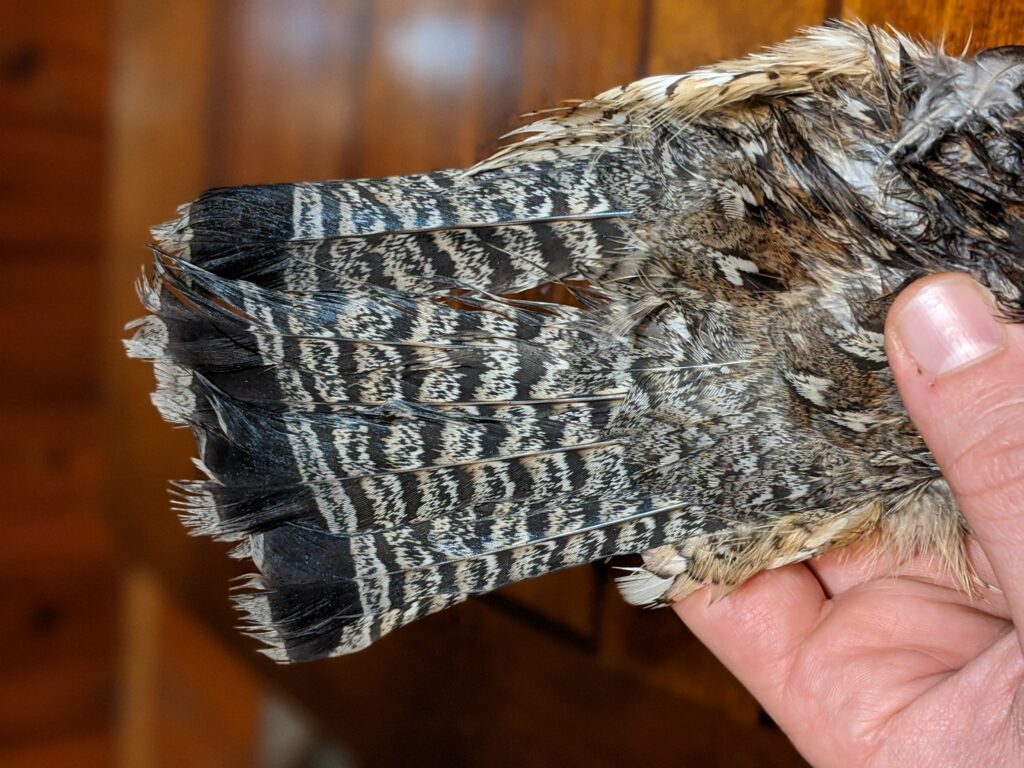
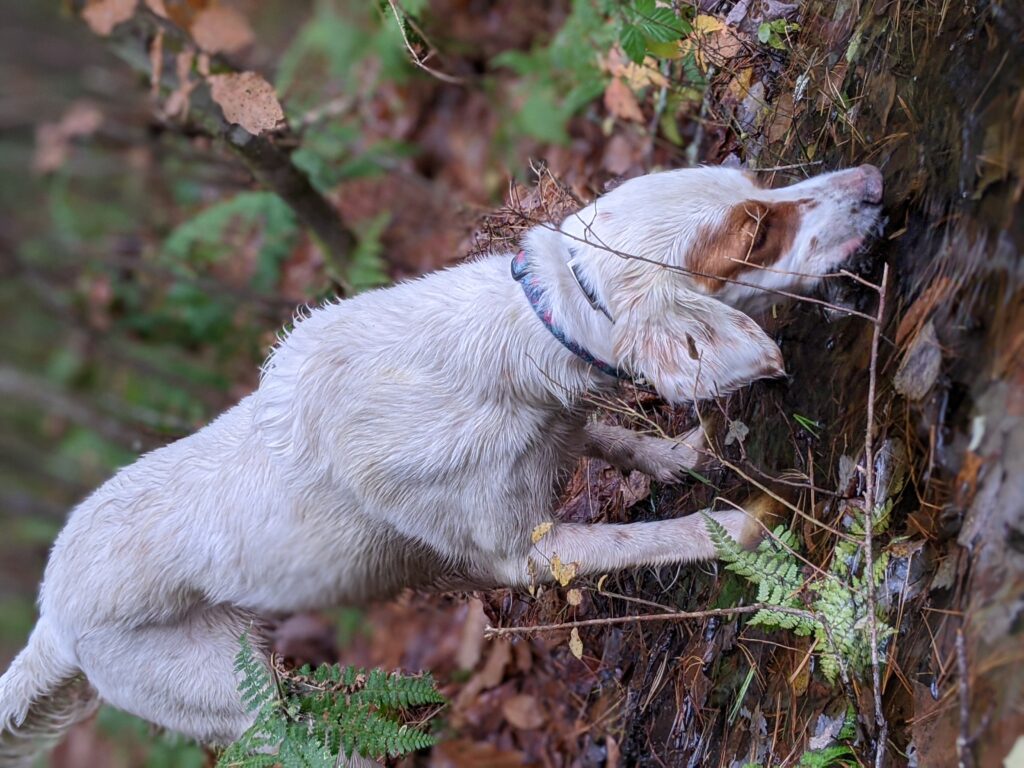

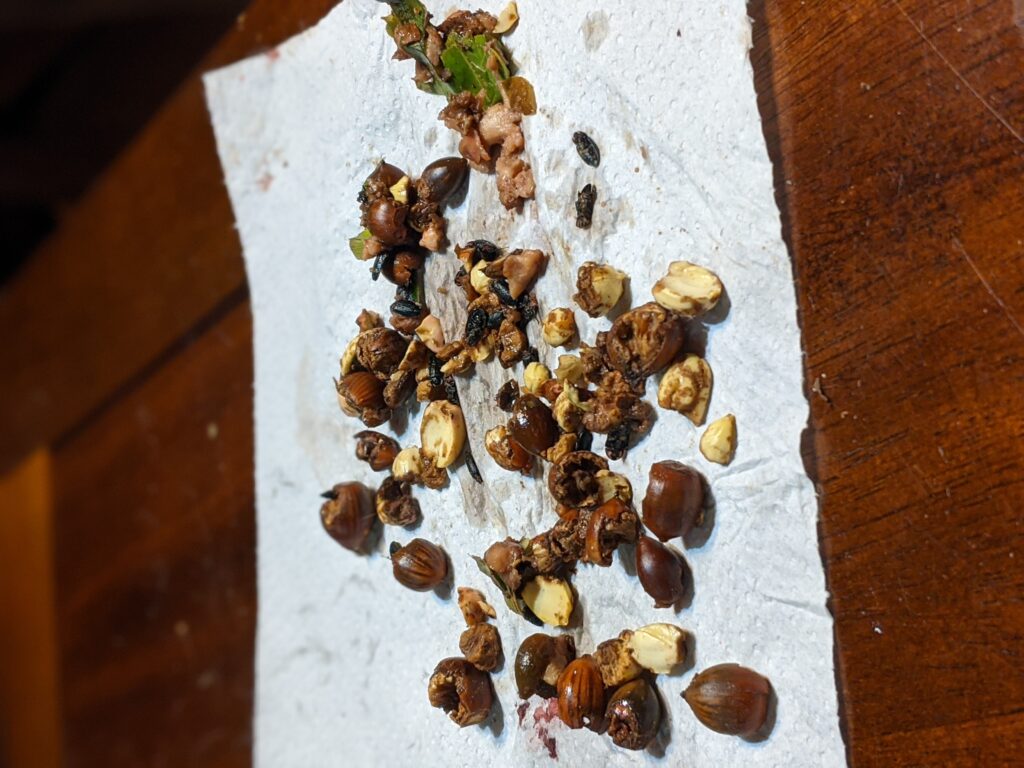

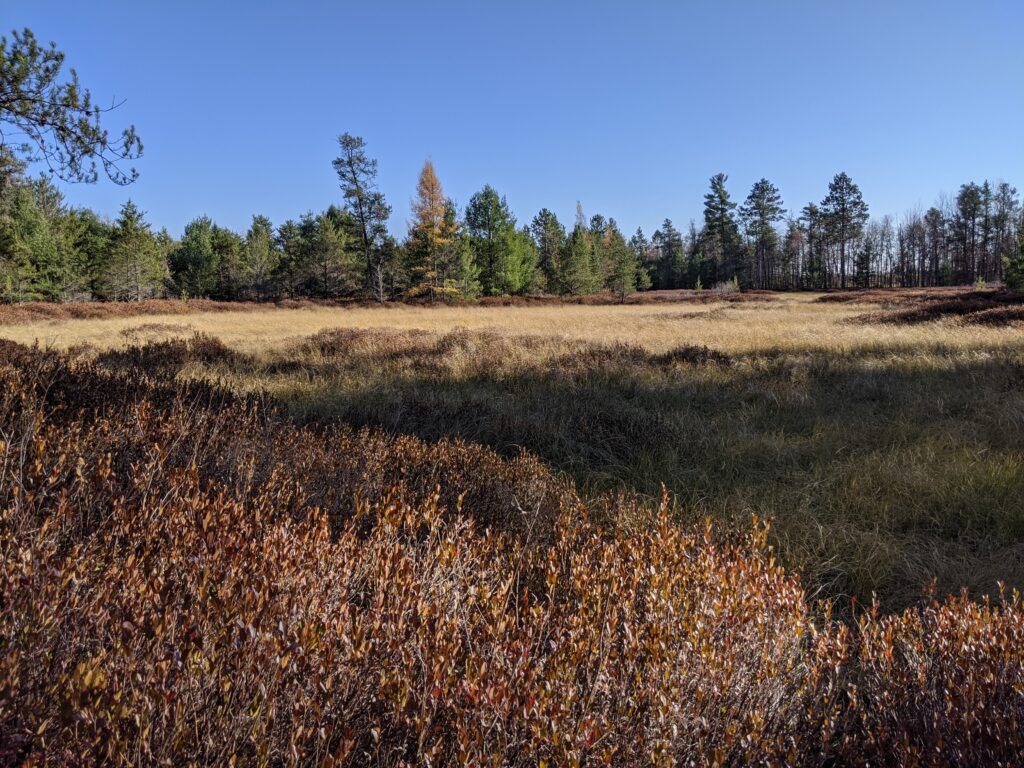
Grouse Hunting – 2019
This was a special day for my son and I. That pup did a great job too
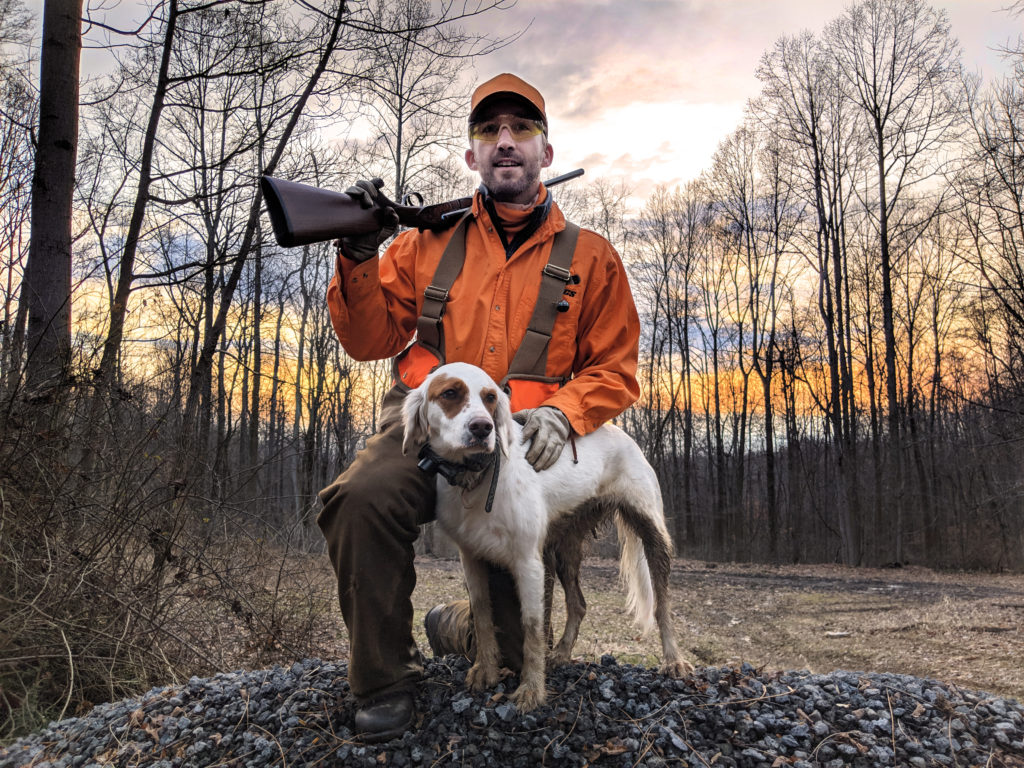
Mr. Grouse at Ott’s Lost Forest

A Forest Meets the Road
By Former Farm and Dairy Reporters – April 15, 2004
SHERRODSVILLE, Ohio –
Scott Galloway wanted to get to the road.
The road meant freedom – freedom to teach, freedom to share.
Instead, Galloway and his 40-acre forest were landlocked a mile from that road, with other people’s trees growing between him and his asphalt ambition.
When Galloway bought 40 acres in Carroll County more than a decade ago, he felt like he owned the world. What more could he want? He had 40 acres all his own. He could hunt, he could camp, he had 40 acres!
But soon his “whole world” felt no bigger than a postage stamp. Just 40 acres.
He wanted the road, but 170 acres stood in his way.
Becoming more. Galloway bought the property to hunt and was having a good time perching in tree stands and lurking in underbrush.
But his woodlands became something more.
“Now that I have a forest, I need to take care of it,” thought Galloway, who spent his life in the family photography business near Akron and didn’t know the first thing about agriculture.
He came up with a conservation plan – how he was going to learn about timber management, how he wanted to sustain the forest, how he wanted to rejuvenate the wildlife population.
And he sent this plan, along with a friendly letter, to the landowners around him. Under his signature he wrote, “P.S. If you ever consider selling your property, let me know.”
By 1998, two landowners called it quits and contacted Galloway first.
He bought their land, 170 acres, and was finally to the road.
Outreach. Now that they owned the land against the road, it was time to start teaching.
Galloway and his wife, Krista, could bring people to their woods, Burnt Ridge Tree Farm. They could host field days, they could invite speakers, they could take Boy Scouts on hikes. They could teach.
That’s what the couple has done for the last five years. And that’s why they were named the 2004 Ohio Tree Farmers of the Year.
All because they got to the road.
The five points. Galloway talks about the four points of his farm — wood, water, wildlife and recreation.
But getting to the road added his fifth point: education.
Even before Galloway’s first timber harvest in 1998, he said he knew there were many misconceptions about harvesting trees. This is particularly true for clear-cut harvests, when all the trees in a specific area are cut, he said.
People think a clear cut destroys an entire habitat, but that isn’t true, he said. Sometimes they are important for forest regeneration, he said.
Galloway points to panoramic pictures from his 15-acre clear-cut harvest in spring 2001.
The first picture shows a bare, open plot where everything has been cut to the ground. A picture of the same area in fall 2003 shows dense, green underbrush and full bushes.
This habitat is just as important to certain wildlife as mature forests, he said. In particular, Galloway said deer love eating the young growth.
Plus, by getting rid of the low-value overstory, the more valuable hickory, oak and cherry have a chance to thrive, he said.
People also don’t realize that just by natural re-seeding, all these trees will come back. The only way to get rid of a forest is to pave it, he said.
And development is exactly what will happen to woodlands if people don’t realize they can make money by managing them, Galloway said.
Continuing to learn. Even after five timber harvests, including clear cuts and several select cuttings, Galloway says he has a lot to learn. That is why he always invites speakers to his field days – so he can learn another thing or two.
But education doesn’t end there, or with the groups he’s involved in: East Central Ohio Forestry Association, Ohio Forestry Association, Project Learning Tree, Ruffed Grouse Society, and Audubon Society.
He volunteers to speak at schools and meetings, and regularly invites groups to tour his farm – anything to get people thinking about forestry, Galloway said.
Back to the beginning. Galloway hasn’t lost sight he bought the forest for fun.
The Galloways and their three children live near Akron – 62 miles from their tree farm.
“It’s far enough away that it’s a special event to come here, but close enough to make a day trip and still be home for soccer practice,” Krista said.
The forest is their getaway. It’s a place to camp and hunt. It’s an educational tool. It makes them money.
It’s the perfect package, they say. And getting to the road was the piece of the puzzle that made it all possible.
2004 Ohio Tree Farmer of the Year – Scott and Krista Galloway
Ohio Tree Farm of the Year This award annually recognizes an outstanding Tree Farm in Ohio. The Tree Farm must be certified by the American Tree Farm System (ATFS) by meeting their standards and following their mission “to promote the growing of renewable forest resources on private lands while protecting environmental benefits and increasing public understanding of all benefits of productive forestry.”
Each summer a call is sent to all Tree Farm Inspectors for nominations for the award. The Awards Committee reviews these nominations and then makes a visit to the Tree Farms. The nominations are then presented to the full Ohio Tree Farm Committee at the last meeting of the year and a selection is made for the coming year. The award is presented at the Tree Farm Luncheon at the Ohio Forestry Association Annual Meeting in the spring. A Tree Farm Tour is scheduled for the fall to show the high quality of management and share experience and knowledge with other Tree Farmers and the public. The Tree Farm will be considered for nomination for the ATFS Regional Outstanding Tree Farmer of the Year. Ohio is in the North Central Region that includes eleven (11) states. The four regional winners are then candidates for the National Outstanding Tree Farmer of the Year.